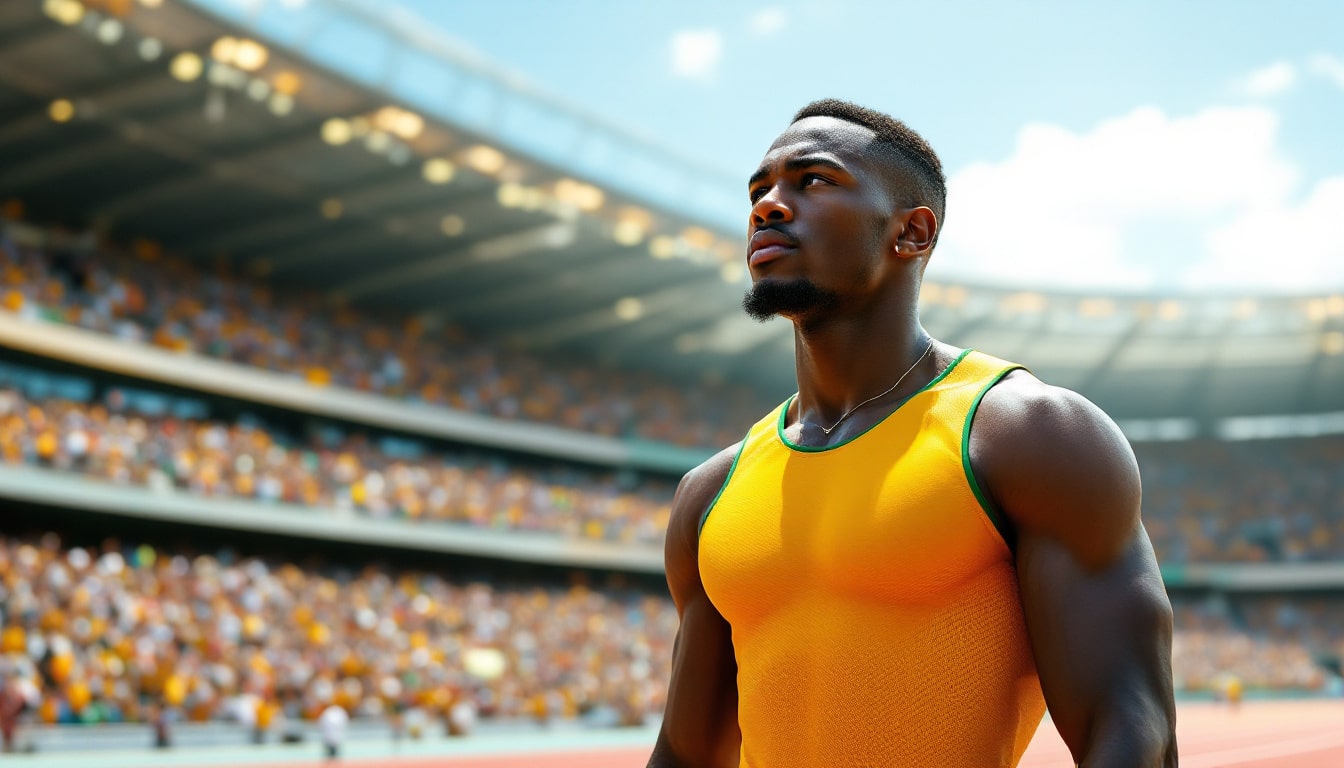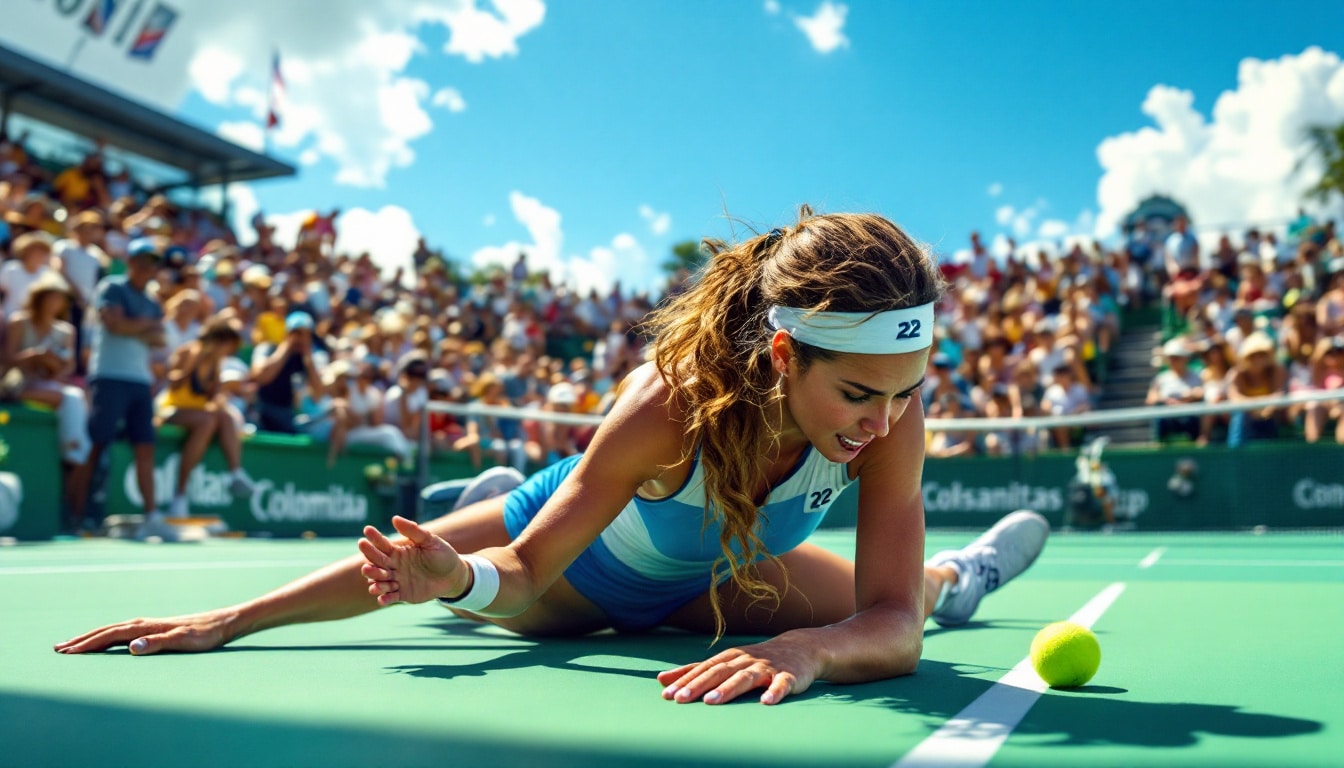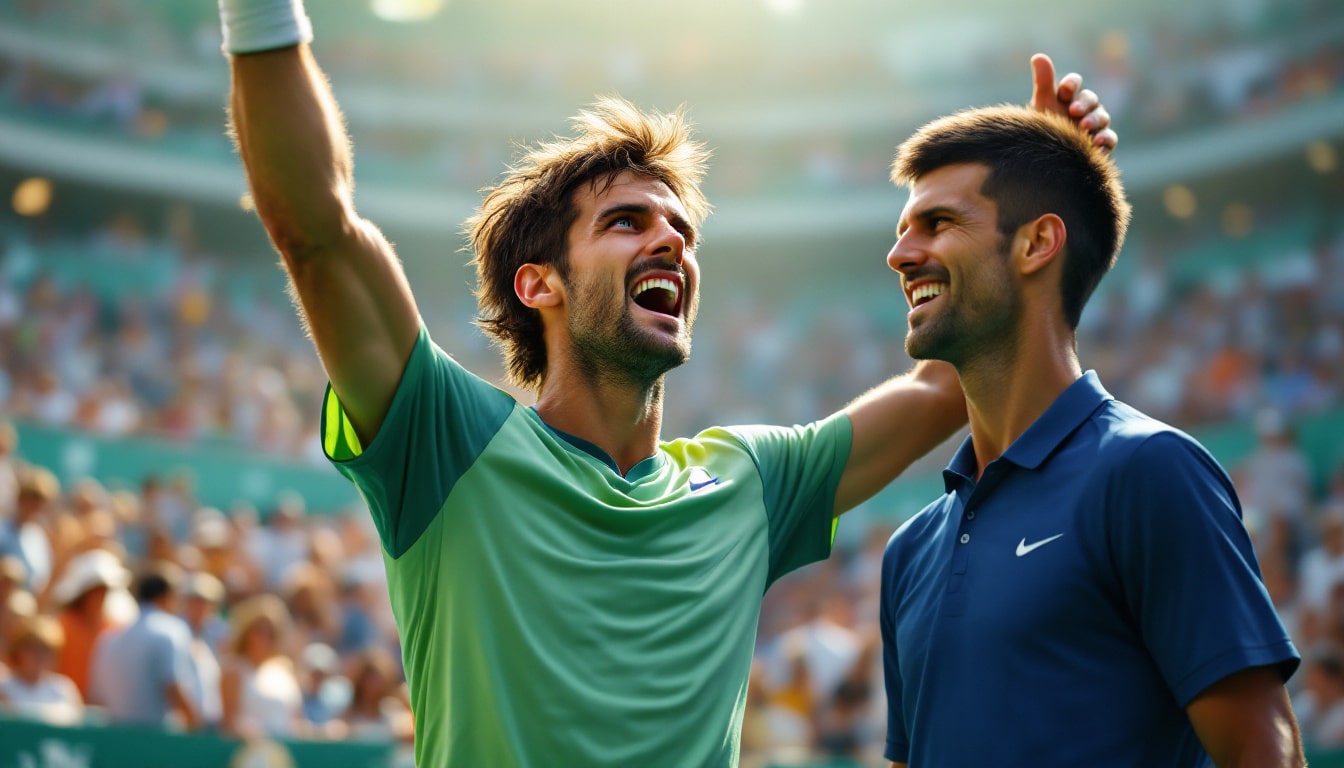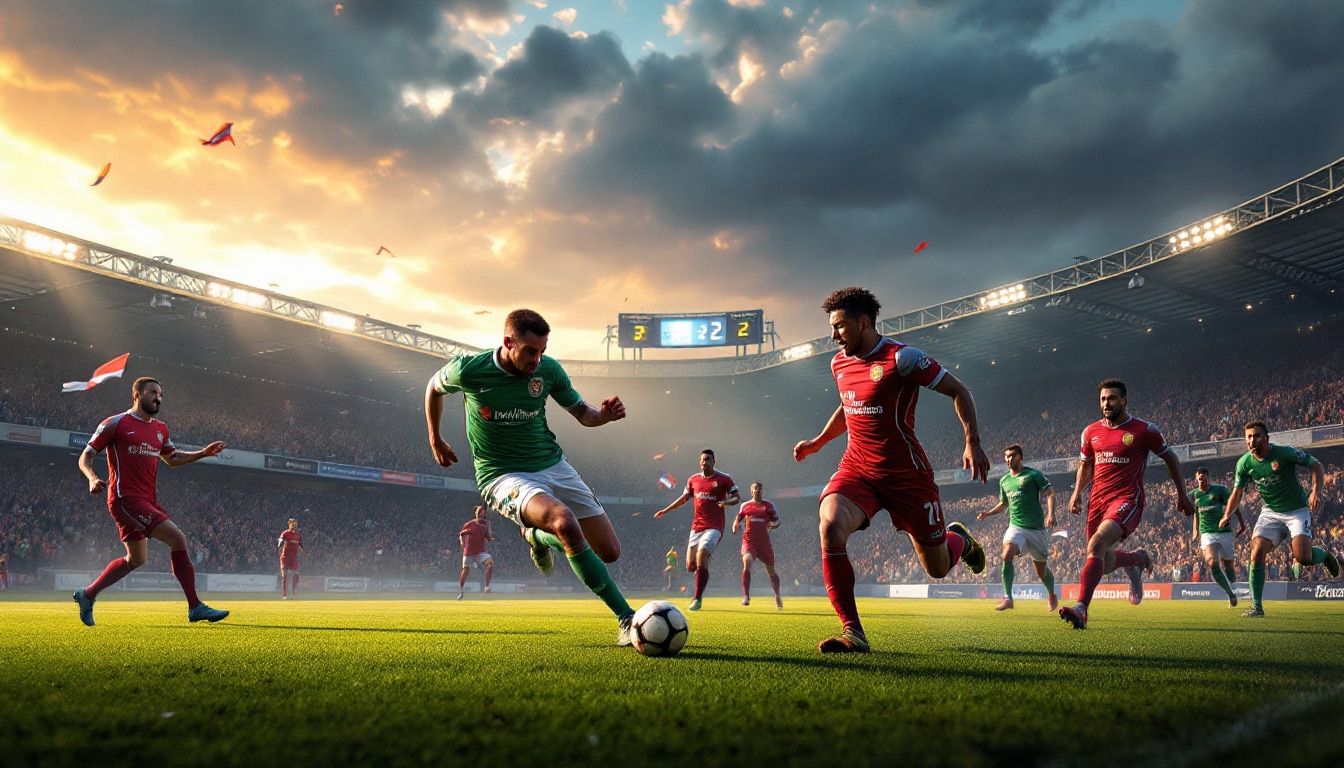Le président de la BBC, Samir Shah, propose une refonte significative de l’émission culte « Match of the Day ». Il suggère de réduire le temps consacré aux résumés des matchs de Premier League pour privilégier davantage d’analyses et de débats. Cette déclaration intervient alors que Gary Lineker, présentateur emblématique de l’émission depuis 1999, a annoncé son départ pour la fin de la saison 2024-2025. L’évolution des habitudes de consommation du football, avec les réseaux sociaux qui diffusent instantanément les buts, pousse la chaîne britannique à repenser son format historique qui fêtait récemment ses 60 ans d’existence.
Cette réorientation éditoriale s’inscrit dans un contexte de transformation profonde du paysage médiatique sportif et suscite déjà de nombreuses réactions parmi les fidèles téléspectateurs du programme.
La vision de Samir Shah pour moderniser Match of the Day
Dans une interview accordée au Sunday Times, Samir Shah a exprimé clairement sa vision pour l’avenir de l’émission mythique : « Match of the Day ne devrait pas être construit autour des temps forts. Il devrait être construit autour de l’analyse et de l’examen du match pour donner aux téléspectateurs une compréhension plus profonde. » Cette position remet en question l’essence même du programme, qui depuis six décennies se concentre principalement sur les résumés des rencontres de Premier League.
Le président de la BBC justifie cette évolution par un constat simple : la plupart des fans ont déjà vu les buts et les actions importantes sur les réseaux sociaux avant la diffusion de l’émission le samedi soir. Cette réalité moderne pousse la chaîne à repenser sa proposition de valeur.
Les enjeux d’un format télévisuel à l’ère numérique
La BBC dispose actuellement des droits de diffusion des temps forts de la Premier League jusqu’à la fin de la saison 2028-2029. Match of the Day, diffusé le samedi soir, et MOTD2, son équivalent dominical, constituent des piliers de la programmation sportive britannique. Toutefois, la consommation immédiate des contenus sportifs sur des plateformes comme Sky Sports, BT Sport ou sur les réseaux sociaux change la donne pour ces émissions traditionnelles.
L’approche suggérée par Shah mise davantage sur la valeur ajoutée de l’analyse experte et des discussions approfondies plutôt que sur la simple présentation chronologique des actions de jeu. Cette transformation s’inscrit dans une tendance plus large où les médias sportifs privilégient l’expertise et le débat face à la rapidité d’accès aux temps forts sur les plateformes digitales.
Le départ de Gary Lineker : la fin d’une ère
Cette annonce survient dans un contexte particulier pour l’émission phare de la BBC. En effet, Gary Lineker a confirmé qu’il quittera la présentation de Match of the Day à l’issue de la saison en cours, après 25 ans de bons et loyaux services.
L’ancien attaquant international anglais, devenu l’un des visages les plus reconnaissables de la télévision britannique, a indiqué que sa décision était personnelle et mûrement réfléchie. Selon les informations de L’Équipe, cette décision répondrait à la fois à une volonté personnelle et à des impératifs d’économies pour la chaîne publique.
Un présentateur qui a marqué l’histoire de l’émission
Depuis sa première apparition comme présentateur en 1999, Lineker a transformé Match of the Day, lui apportant son style décontracté mais incisif. Son départ marque véritablement la fin d’une époque pour cette institution du football britannique, d’autant plus qu’il survient alors que l’émission a célébré ses 60 ans d’existence en 2024.
Le timing de cette annonce, conjugué aux propos de Samir Shah sur la refonte du format, suggère que la BBC envisage une transformation profonde de son programme phare. La chaîne publique semble prête à tourner la page d’une formule qui a fait ses preuves pendant des décennies pour s’adapter aux nouveaux modes de consommation du football.
Les polémiques récentes autour de Lineker et la BBC
Les relations entre Gary Lineker et sa chaîne n’ont pas toujours été au beau fixe ces dernières années. En mars 2023, le présentateur avait été temporairement suspendu d’antenne suite à des commentaires critiques sur la politique migratoire du gouvernement britannique sur X (anciennement Twitter).
Cette suspension avait déclenché un mouvement de solidarité sans précédent, plusieurs consultants et présentateurs de la BBC refusant de participer aux émissions sportives ce week-end-là. Le directeur général de la BBC, Tim Davie, avait alors refusé de démissionner malgré la pression, et Lineker avait finalement retrouvé son poste.
Cet épisode avait mis en lumière les tensions entre l’indépendance éditoriale revendiquée par la chaîne publique et ses obligations d’impartialité, notamment concernant ses personnalités les plus médiatiques. Il est possible que ces frictions aient contribué, au moins partiellement, à la décision de Lineker de quitter l’émission.
L’avenir de Match of the Day : modernité et tradition
La BBC se trouve désormais face à un double défi : renouveler son émission phare pour l’adapter aux attentes modernes tout en préservant ce qui a fait son succès pendant six décennies. Le contrat actuel pour les droits de diffusion court jusqu’en 2029, offrant à la chaîne une certaine sécurité pour expérimenter de nouveaux formats.
La question du successeur de Gary Lineker reste également entière. Plusieurs noms circulent déjà, notamment parmi les consultants actuels de l’émission comme Alan Shearer ou Micah Richards. Le choix du prochain présentateur sera crucial pour incarner cette nouvelle ère que la BBC semble vouloir insuffler à son programme historique.
Les réactions des téléspectateurs et des experts
Les déclarations de Samir Shah ont déjà suscité de nombreuses réactions parmi les fidèles de l’émission. Certains téléspectateurs craignent une dénaturation du format qu’ils apprécient depuis des années, tandis que d’autres accueillent favorablement l’idée d’un contenu plus analytique et moins descriptif.
Les experts du football britannique sont également partagés sur cette évolution potentielle. Si certains commentateurs estiment que l’analyse approfondie est l’avenir de la couverture télévisuelle du football, d’autres soulignent l’importance de maintenir l’accessibilité de l’émission pour tous les publics, y compris ceux qui n’ont pas accès aux plateformes payantes diffusant les matchs en direct.
Les chiffres clés de Match of the Day
| Données | Chiffres | Commentaires |
|---|---|---|
| Année de création | 1964 | 60 ans d’existence en 2024 |
| Durée du contrat actuel | Jusqu’en 2029 | Droits de diffusion des résumés de Premier League |
| Années de présentation par Gary Lineker | 25 ans | De 1999 à 2025 |
| Audience moyenne | ~4 millions | Variable selon les journées de championnat |
| Coût annuel des droits | ~211 millions £ | Pour l’ensemble des droits Premier League de la BBC |
Les évolutions possibles du format télévisuel
Les propositions de Samir Shah ouvrent la voie à plusieurs évolutions possibles pour Match of the Day. Voici quelques pistes qui pourraient être explorées :
- Analyse tactique approfondie utilisant des outils technologiques avancés
- Débats entre experts sur les décisions arbitrales controversées
- Focus sur les performances individuelles marquantes plutôt que sur la chronologie des matchs
- Intégration de statistiques avancées issues du big data pour enrichir l’analyse
- Segments interactifs impliquant les téléspectateurs via les réseaux sociaux
L’influence des plateformes numériques
Des marques comme Sky Sports et BT Sport ont déjà transformé leurs émissions d’analyse en intégrant des outils numériques sophistiqués. La BBC pourrait s’inspirer de ces innovations tout en conservant l’accessibilité qui fait sa force.
Les experts comme Jamie Carragher sur Sky ou Rio Ferdinand sur TNT Sports (anciennement BT) ont montré qu’une analyse tactique pointue pouvait être présentée de manière accessible et divertissante. Le modèle pourrait être adapté pour correspondre à l’ADN de Match of the Day tout en lui insufflant une modernité bienvenue.
La transformation envisagée par la BBC s’inscrit dans une évolution plus large du paysage médiatique sportif, où la valeur ajoutée réside désormais dans l’expertise et l’analyse plutôt que dans la simple diffusion d’images que les spectateurs peuvent facilement trouver ailleurs.








